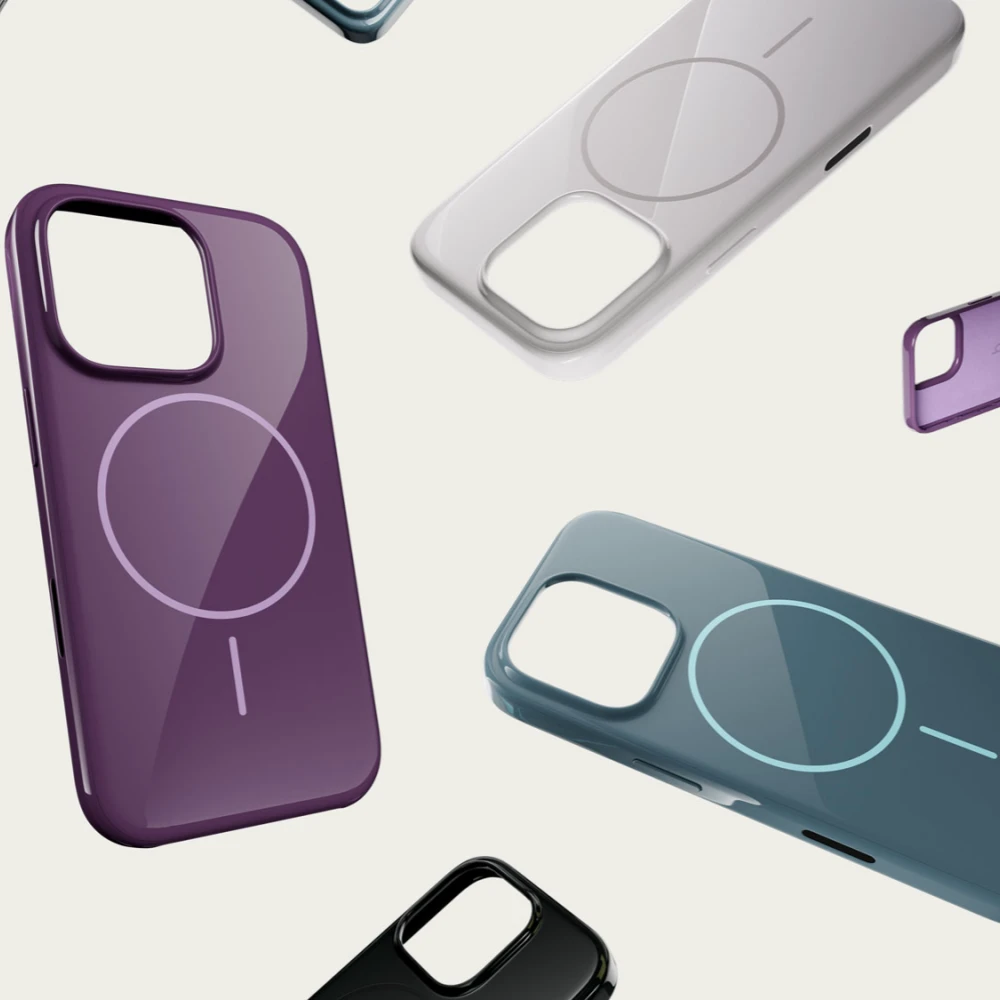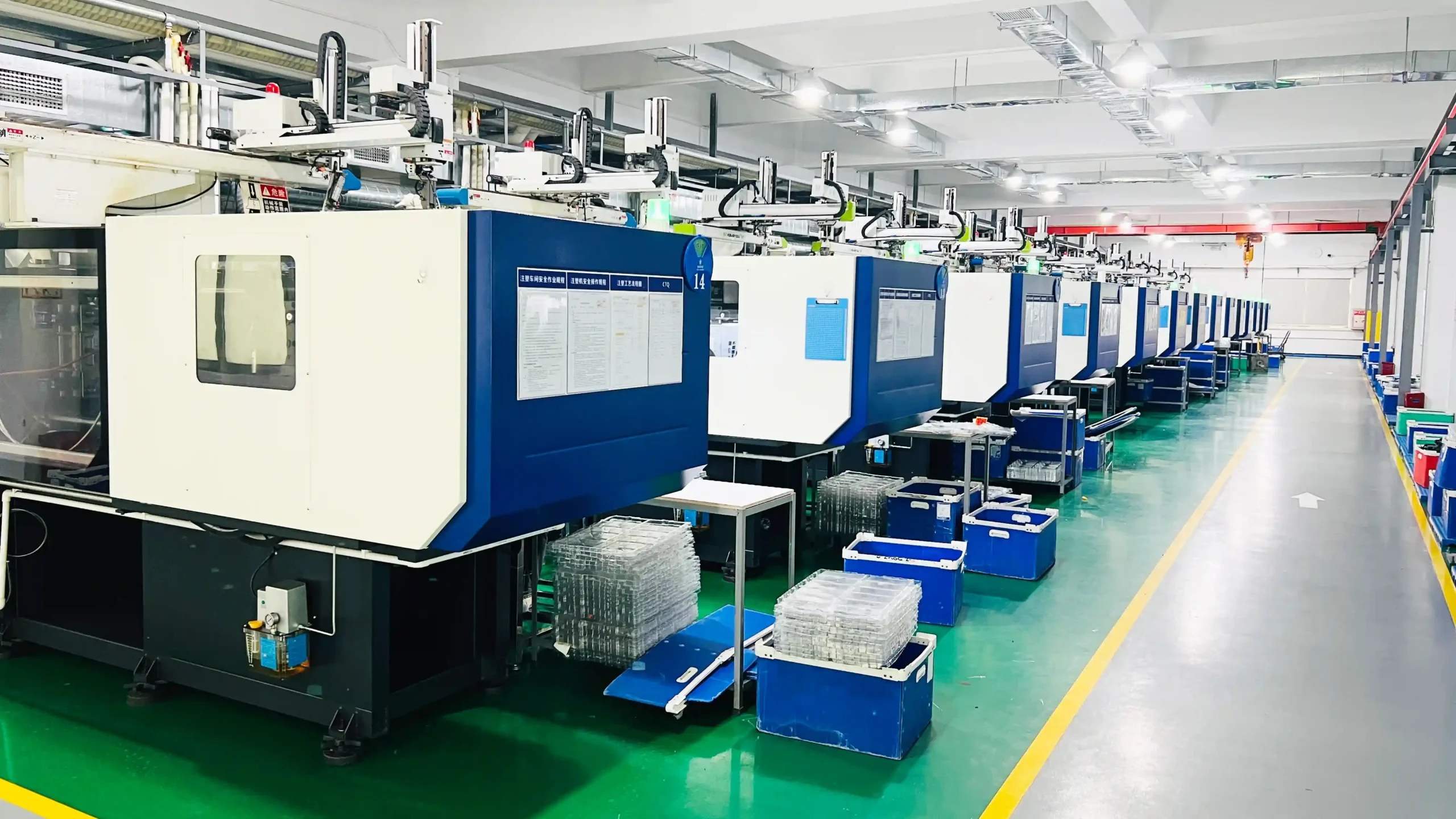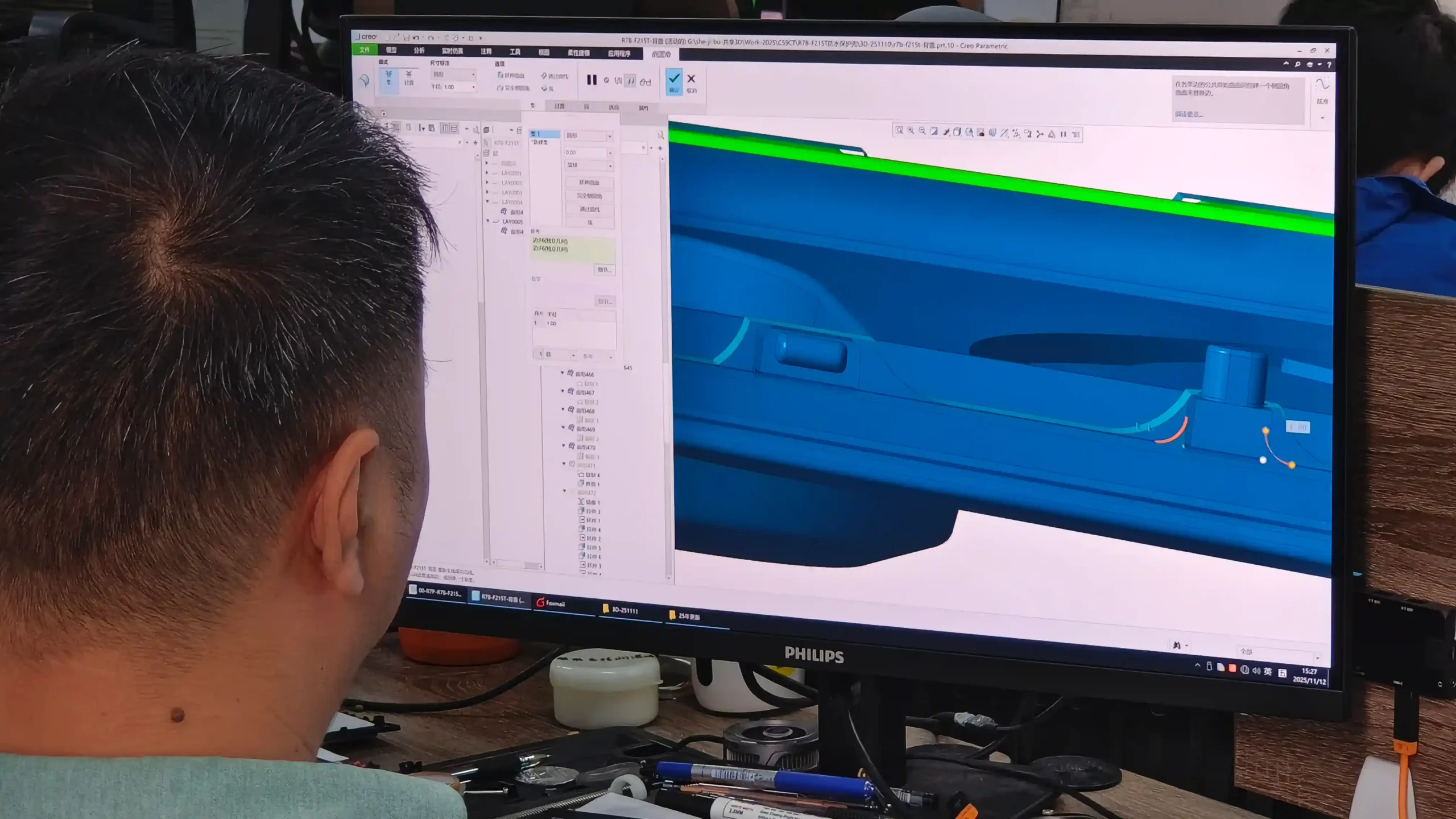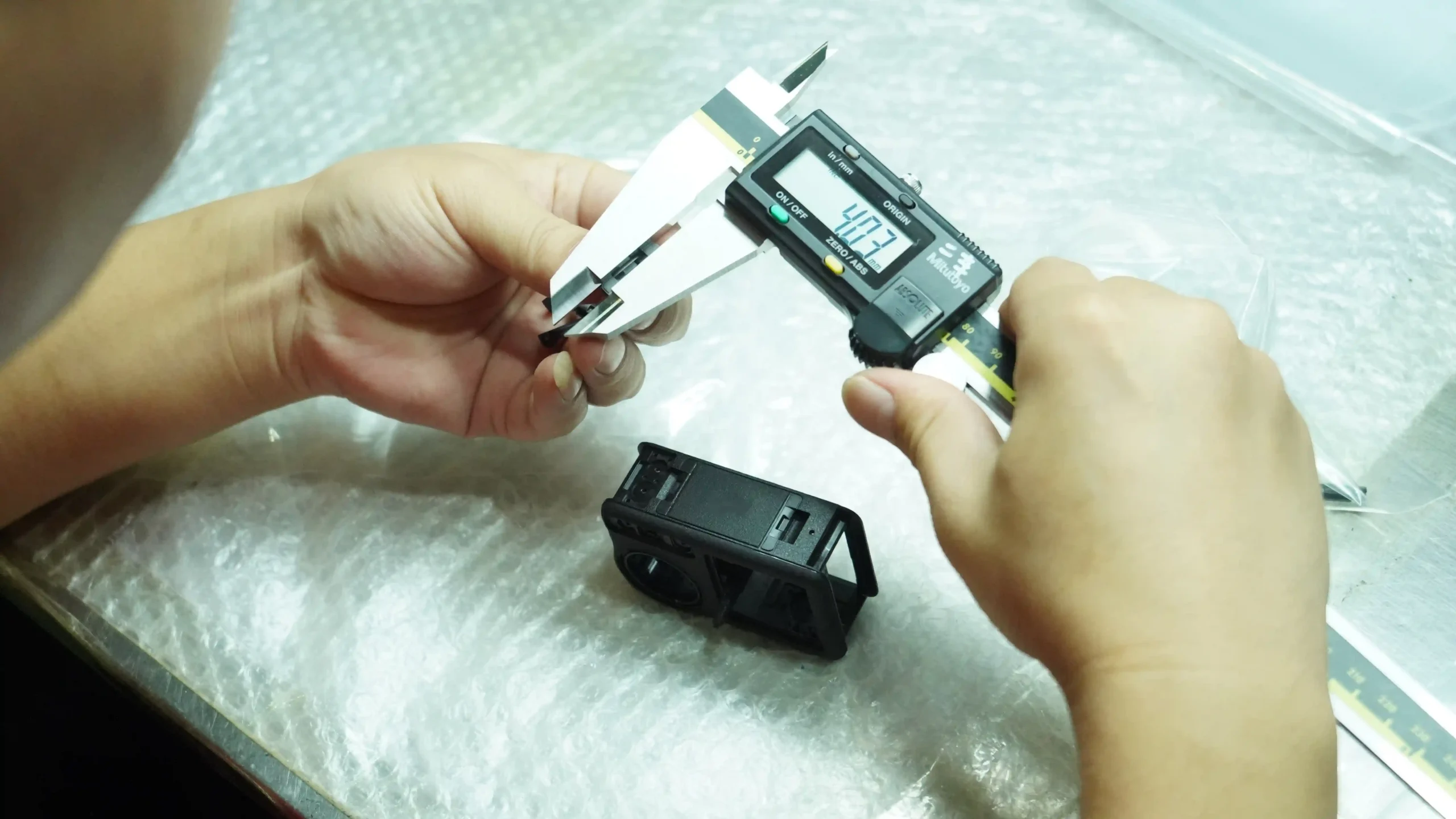Introduction
The integration of MagSafe technology into iPhone cases has revolutionized how users interact with accessories, enabling seamless magnetic alignment for charging and attachments. However, manufacturing these cases introduces unique challenges, from precise magnet placement to maintaining structural integrity. For phone case manufacturers, overmolding—a process combining two materials in a single production cycle—has emerged as a critical solution. This article explores three key challenges in MagSafe-compatible case design and how advanced overmolding techniques address them.
Challenge 1: Precision Magnet Alignment (±0.1mm Tolerance)
Table of Contents
ToggleThe Issue:
MagSafe requires 16 embedded magnets to align perfectly with the iPhone’s coil array. Even a 0.2mm deviation can disrupt charging efficiency or cause accessory detachment. Traditional assembly methods (e.g., glue-in magnets) struggle with consistency, leading to high scrap rates.
Overmolding Solution:
In-Mold Insert Technology: Magnets are pre-placed in the mold cavity using robotic arms, ensuring ±0.1mm positioning accuracy during TPU/PC overmolding.
5-Axis CNC Mold Design: Precision cavities and ejector pin placement prevent magnet displacement during injection.
Result:
A European brand reduced alignment-related defects from 12% to 0.5%, achieving 98% wireless charging efficiency.
Challenge 2: Material Compatibility and Durability
The Issue:
MagSafe cases must balance soft TPU for grip and rigid PC for magnet retention. Poor material bonding or thermal stress can cause delamination or magnet loosening.
Overmolding Solution:
Hybrid Material Bonding: Optimize melt temperatures and injection speeds for TPU (soft outer layer) and PC (rigid inner frame).
Adhesion Promoters: Chemically modified resins enhance interlayer bonding strength by 40%, passing 10,000+ attachment/detachment cycles.
Result:
Field testing showed no delamination or magnet loss after 18 months of daily use.
Challenge 3: Slim Design vs. Structural Integrity
The Issue:
Consumers demand cases under 2mm thick, but thin walls risk warping or reduced drop protection.
Overmolding Solution:
Ribbed Structural Design: Integrate micro-ribs (0.3mm thick) into the PC core during molding, increasing flexural strength by 35% without adding bulk.
Gas-Assisted Molding: Minimize sink marks around magnets, maintaining a smooth exterior.
Result:
A U.S. brand achieved a 1.8mm-thick case with MIL-STD-810G drop certification, reducing returns by 60%.
Case Study: Cutting Production Cycles by 20%
A premium accessories brand faced delays due to post-molding magnet assembly. By adopting overmolding with in-mold inserts, they:
Eliminated Assembly Steps: Magnets embedded directly during injection.
Reduced Cycle Time: From 45 seconds to 36 seconds per unit.
Scaled Efficiently: Produced 500,000 units/month with zero manual adjustments.
Why Overmolding is the Future of MagSafe Case Manufacturing
Cost Efficiency: Reduced labor and scrap costs offset higher initial tooling investment.
Design Flexibility: Enable complex geometries (e.g., textured grips + metallic finishes) in a single cycle.
Compliance Ready: Built-in EMI shielding layers can be integrated to protect against signal interference.
Conclusion
For phone case manufacturers, mastering overmolding is no longer optional—it’s essential to compete in the MagSafe-driven market. By addressing precision alignment, material synergy, and structural innovation, brands can deliver cases that excel in both form and function.
Ready to Optimize Your MagSafe Design?
[Contact YG] to explore how overmolding can elevate your product’s performance and profitability.



